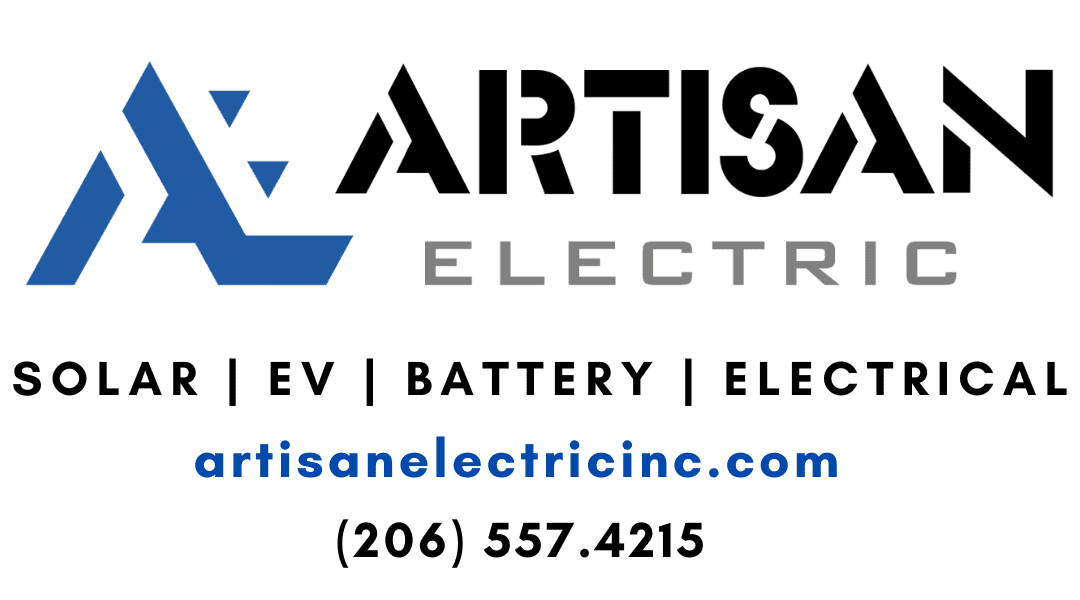We get a lot of questions from customers asking about solar energy in the Northwest. Does solar energy work in the Pacific Northwest? Don’t we get too much rain? Isn’t it too cold? Does the Pacific Northwest have a good climate for solar?
The short answer is that we do indeed get a lot of rain in the winter, and summers here are not blazingly hot. These factors, surprisingly, are why Seattle and the Pacific Northwest are a great place for solar energy!
The power output of solar panels is quite variable due to multiple technical reasons. Factors like solar irradiance (which changes daily and seasonally), ambient temperatures, roof orientation, shading, module-level power electronics, and solar panel efficiency at converting photons to electrons all directly affect the performance of a solar PV system.
Let’s focus on outside temperature and solar irradiance, aka light intensity. Summers in the Pacific Northwest are generally sunny and clear, and daylight hours can stretch from nearly 5 AM to 10 PM in much of the state. These long, clear and (mostly) cool days produce large amounts of solar electricity. Why is this combination so effective?
An important factor affecting the efficiency of all solar panels is the operational temperature of the module. Each solar panel is manufactured with a specific temperature coefficient that predicts the performance of that module.
Newly manufactured solar panels must be measured under Standard Test Conditions (STC) before leaving the factory, which are specific lab conditions controlling irradiance and temperature made to establish the power output (nameplate wattage rating) for all solar modules. The wattage of a panel at STC predicts their real-world performance based on temperature and light intensity. Peak operating temperature for STC is set at 25°C (77°F), because this is when solar cells can absorb sunlight with maximum efficiency.
That means that if the temperature of the solar power module is above 25°C (77°F), the solar panel will have a reduced power output. The temperature coefficient determines the reduction in power output per every 1°C above 25°C. The higher the ambient temperature of the air, the more thermal losses will be experienced in the PV system (these losses could reach up to 10% of annual solar energy yields, which represents a large amount of energy).
Conversely, if the ambient outside temperature is colder, than thermal losses will logically be much lower. For example, let’s look at the temperature coefficient of an LG Solar NeON® 2 module at -0.36%/°C
installed in Seattle, Washington vs. Austin, Texas. In Seattle and the Northwest in general, the average summer temperature is around 23°C (73°F) – coincidentally near STC – the optimal peak operating temperature. In Austin, Texas, summer temperatures are often around 36°C (97°F) or higher.
Using these temperature values (using Celsius as the normalized measurement for international reference), we can compare them with the temperature coefficient and estimate power losses for each solar panel.
Estimated Thermal Losses (Seattle) = 23°C x 0.36%/°C = 8.28%
Estimated Thermal Losses (Austin) = 36°C x 0.36%/°C = 12.96%
So the same solar panels in Austin, TX will produce nearly 5% less solar power than Seattle, WA. Temperature variations during winter, spring and fall are bigger than summer, therefore, thermal losses may also be bigger. However, Seattle has the best summer weather for solar in this scenario. Couple that with our longer days, and that translates to some of the best energy production in the United States during the summer.
Ironically, the sunnier it gets, the hotter the panels get, the less efficient they get. Ambient temperature and sun intensity are always playing tug-of-war on panel efficeincy. That’s why many sunnier locations in warmer climates will generate a less solar production. Meanwhile, colder locations like Washington State and the Northwest will have a preferable solar radiation balance where light intensity is not coupled with intense heat.
This means hotter solar panels produce less energy from the same amount of sunlight than cooler solar panels! Solar energy installations in the Northwest will experience less thermal loss than warmer locations.
In other words, Seattle – and the Northwest in general – are an ideal climate for solar for 6-8 months out of the year. Those other four months… we have net metering! And well, there’s a reason why we take Vitamin D supplements. 😉
For more information on solar panels, solar energy, EV and electrical installation visit our website https://artisanelectricinc.com/.
Artisan Electric Inc
969 S Nebraska Street Suite A Seattle, WA 98108
(206) 557-4215
Follow Us On Social Media
https://facebook.com/ArtisanElectricSolar
https://twitter.com/artisanelectinc
https://www.linkedin.com/company/artisan-electric-inc-

